
Kód: 04516762
Seeing Black and White
Autor Alan Gilchrist
Most people are surprised to learn that seeing has not yet been explained by science. Incredibly, scientists cannot even explain why some surfaces appear to be black while others appear to be white. The physical difference between ... celý popis
- Jazyk:
 Angličtina
Angličtina - Vazba: Pevná
- Počet stran: 448
Nakladatelství: Oxford University Press Inc, 2006
- Více informací o knize

Mohlo by se vám také líbit
-

Motivation
2255 Kč -

Compounding Precipitated Silica in Elastomers
6863 Kč -

E-Learning
2922 Kč -

Pleasures of Structure
1186 Kč -

Kobayashi-hitchin Correspondence, The
2417 Kč
Darujte tuto knihu ještě dnes
- Objednejte knihu a zvolte Zaslat jako dárek.
- Obratem obdržíte darovací poukaz na knihu, který můžete ihned předat obdarovanému.
- Knihu zašleme na adresu obdarovaného, o nic se nestaráte.
Více informací o knize Seeing Black and White
Nákupem získáte 460 bodů
 Anotace knihy
Anotace knihy
Most people are surprised to learn that seeing has not yet been explained by science. Incredibly, scientists cannot even explain why some surfaces appear to be black while others appear to be white. The physical difference between a surface that appears to be black and one that appears to be white results from the percentage ot light that the object reflects, known as reflectance. A white surface reflects 30 times more light into the eye than a black surface. The amount of light reflected by a surface into the eye is, however, a product of more than its own reflectance; it is also a product of the intensity of illumination it receives. A sheet of white paper lying within a shadow can easily reflect the same absolute amount of light as a sheet of black paper lying outside the shadow. Thus, there is essentially no correlation between the amount of light reflected by a suface and its physical shade: a black paper in a bright light and a white paper in shadow reflect identical light to the eye. Still, the black paper appears to be black and the white paper appears to be white. How can it be? Somehow the visual system must use the surrounding context. But how? Good thinkers have struggled with this problem for over a thousand years, and the last 150 years have witnessed a sustained assault on the problem. In this volume, Alan Gilchrist, one of the leading researchers in achromatic perception, reviews the history of the scientific development of lightness theory from the nineteenth century until the present and outlines and critiques all the main theories of lightness, laying out the strengths and weaknesses of each. Based on thirty years of research, Gilchrist presents his own argument that previous models of lightness perception are too good because they fail to capture the errors and illusions present in human perception. These errors may contain crucial clues in the sense that the overall pattern of errors is the signature of the human visual system.
 Parametry knihy
Parametry knihy
Zařazení knihy Knihy v angličtině Society & social sciences Psychology Cognition & cognitive psychology
4598 Kč
- Plný název: Seeing Black and White
- Autor: Alan Gilchrist
- Jazyk:
 Angličtina
Angličtina - Vazba: Pevná
- Počet stran: 448
- EAN: 9780195187168
- ISBN: 0195187164
- ID: 04516762
- Nakladatelství: Oxford University Press Inc
- Hmotnost: 816 g
- Rozměry: 236 × 170 × 29 mm
- Datum vydání: 31. August 2006
Oblíbené z jiného soudku
-

Thinking, Fast and Slow
318 Kč -

Thinking, Fast and Slow
451 Kč -
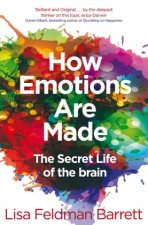
How Emotions Are Made
306 Kč -

The Paradox of Choice
368 Kč -

Five Minds for the Future
549 Kč -

Frames of Mind
506 Kč -

The Art of Thinking Clearly
213 Kč -

250 Brief, Creative & Practical Art Therapy Techniques250 Brief, Creative & Practical Art Therapy Techniques
716 Kč -
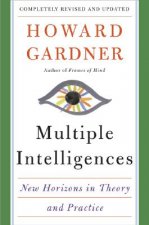
Multiple Intelligences
561 Kč -
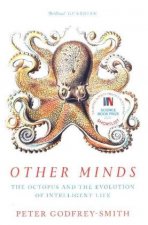
Other Minds
306 Kč -
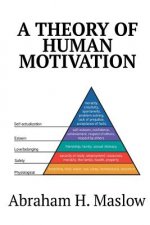
Theory of Human Motivation
177 Kč -
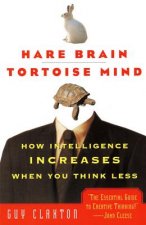
Hare Brain, Tortoise Mind
407 Kč -

Gödel, Escher, Bach
501 Kč -

The Memory Illusion
306 Kč -

Where Good Ideas Come From
303 Kč -

Present Moment in Psychotherapy and Everyday Life
1148 Kč -

Courage to Create
306 Kč -

MINDWARE: TOOLS FOR SMART THINKING
380 Kč -
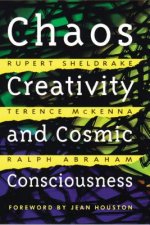
Chaos, Creativity, and Cosmic Consciousness
454 Kč -

Love & Will
424 Kč -
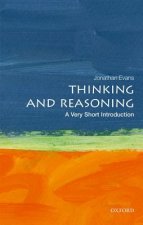
Thinking and Reasoning: A Very Short Introduction
254 Kč -

White Bears and Other Unwanted Thoughts
511 Kč -
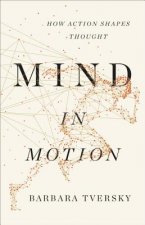
Mind in Motion
782 Kč -

Genius Frequency
588 Kč -

Willpower
303 Kč -

Enigma of Reason
303 Kč -

WHY WE LOVE
526 Kč -

Geography of Thought
316 Kč -

Getting Started with EEG Neurofeedback
1265 Kč -

Cognitive Neuroscience
1752 Kč -

Eyewitness Testimony
1221 Kč -
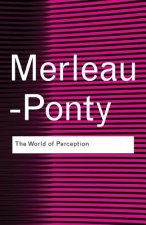
World of Perception
574 Kč -

Trauma and Memory
465 Kč -

Risk Savvy
306 Kč -

How We Learn
411 Kč -

Patient H.M.
303 Kč -

Visual Thinking
499 Kč -
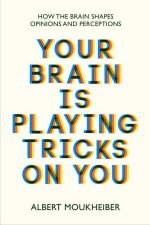
Your Brain Is Playing Tricks On You
276 Kč -

Biggest Bluff
306 Kč -

Visible Learning and the Science of How We Learn
1230 Kč -

Face Value
1034 Kč -

Power of Mindful Learning
374 Kč -

Wednesday Is Indigo Blue
1055 Kč -

Handbook of Color Psychology
1805 Kč -

Searching For Memory
862 Kč -

Natural History of Human Thinking
660 Kč -

Medieval Craft of Memory
952 Kč -

Oxford Handbook of Suicide and Self-Injury
1608 Kč -
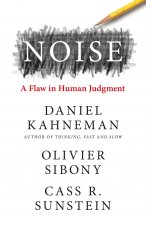
Noise
723 Kč
Osobní odběr Praha, Brno a 12903 dalších
Copyright ©2008-24 nejlevnejsi-knihy.cz Všechna práva vyhrazenaSoukromíCookies



 Vrácení do měsíce
Vrácení do měsíce 571 999 099 (8-15.30h)
571 999 099 (8-15.30h)